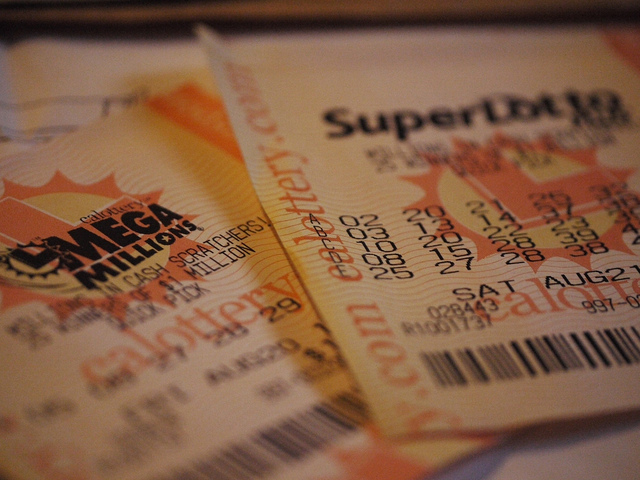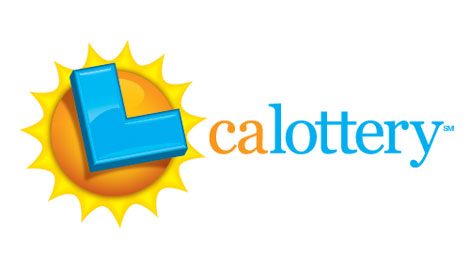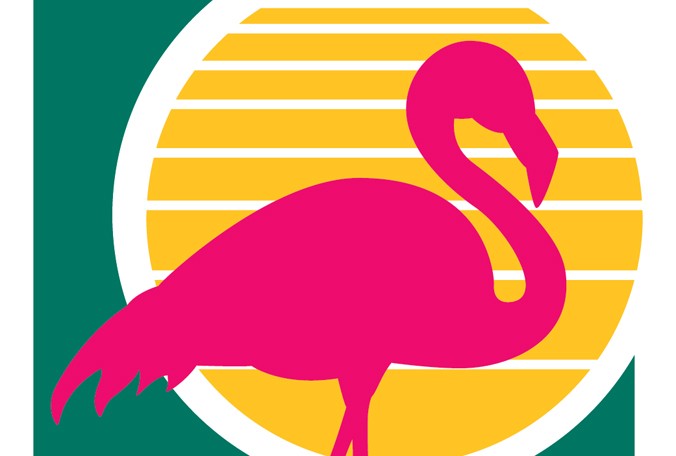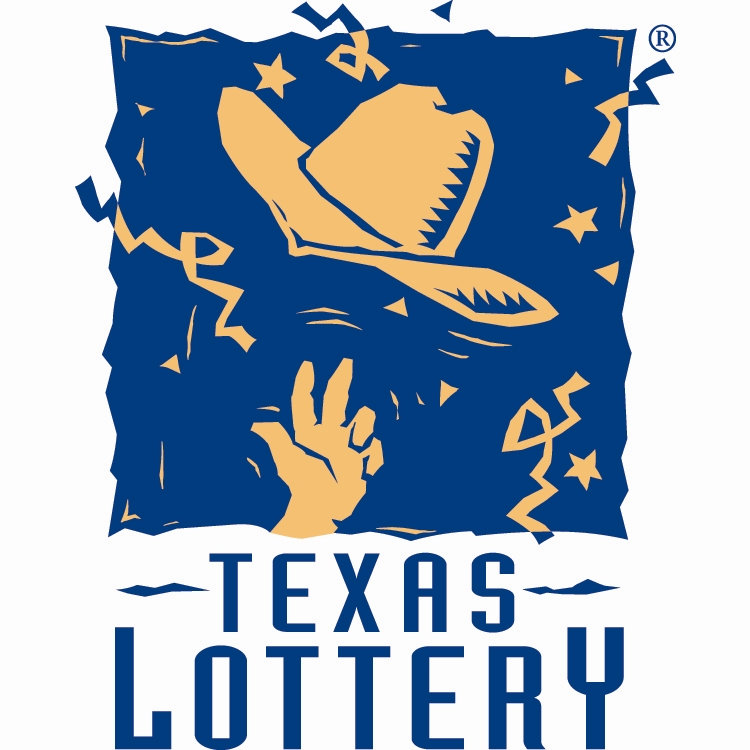Lotteries represent the fantasy of a big windfall of money for many people. It’s a relatively minor form of gambling for most who play and a weekly dose of anticipation to see if their dreams will become reality.
But, while state lotteries are just a distraction and a dream for most people, they do actually help a lot of people, even people who aren’t old enough to play the lottery. That’s because state lotteries give back a lot of the money they take in, not just in the form of prizes for the winners, but in the form of education funding and other types of spending in their respective states.
Most states use at least some of their almost $19.5 billion in lottery revenue to fund education while 18 states with lotteries give the money exclusively or almost exclusively to education. Six other states, plus Washington, DC, put their lottery revenue into a general fund where it can be used for any purpose. At least six states use a portion of the funds for programs that help people with gambling problems. Massachusetts and Wyoming use their lottery revenue to directly aid cities and towns while Pennsylvania uses all of its lottery revenue for programs that help benefit its older residents.
The multi-state lottery Powerball is one of the biggest lotteries in the United States, with tickets sold in 44 of the 50 states, plus Washington, DC; Puerto Rico and the US Virgin Islands. Coordinated by the Multi-State Lottery Association (MSLA), Powerball both brings in and pays out billions of dollars each year to winners, educational institutions and other government-run institutions in the states where it is run. States that run Powerball are privy to funds that play a large role in helping their education systems and other government-run institutions.
California
California, for example, returns at least 50 percent of the total annual revenues from its state lotteries to the public in the form of prizes and allocates at least 34 percent of those total revenues to public education. This money is placed in the California State Lottery Education Fund and is allocated on a per capita basis across the state using certified Average Daily Attendance data from the previous year. Educational facilities that benefit from the lottery funds include public schools that teach kindergarten to Grade 12, Community Colleges, the California State University, the University of California, plus other educational entities.
From October 1985 until June 2014, the California State Lottery has brought in approximately $28 billion for public education. In the 2013-14 fiscal year alone the total was $1.35 billion, which public schools put to good use attracting and retaining quality educators and providing them with additional training via teacher workshops; purchasing classroom supplies and equipment like new computer labs; and keeping important educational programs running like science, music and art programs. Although this amount is only about one percent of the state’s public education budget, lottery earnings were only ever meant to be supplemental funding for education in California.
Kindergarten to 12th grade receives the majority of the funding at 80.3 percent, while Community Colleges receive 13.6 percent. The California State University System gets 3.7 percent and the University of California claims 2.2 percent. Other Educational Entities receive 0.2 percent.
The funding takes a circuitous route to its final destination. Once per quarter, the California Lottery sends the supplemental education funding to the State Controller’s Office (SCO) where it is audited. The SCO then distributes the money to County Treasurers. The money is then forwarded to County Officers of Education, school districts and higher education administrators. It is at this last level where the decisions are made on how the money is to be spent.
One example of how the California Lottery has benefited students in that state is teacher Chris Lawyer and his computer students at Johanna Boss High School who are incarcerated at O.H. Close Youth Correctional Facility in Stockton.
Lawyer has been teaching incarcerated teens about computers, providing them the skills needed to achieve Microsoft Office (MOS) Certifications, since 2008. His classes give them much-needed skills they can use upon their release and the program is funded via money from the California Lottery system.
Another success story that can be attributed to California Lottery funding is the Selma High School Link Crew, which is run by activities director Renee Decanio. The Link Crew helps ninth graders adapt to their new high school environment by pairing them with trained 11th and 12th grade Link Leaders.
Since 9th grade students are prone to dropping out of school because of the rapid adjustments they have to make to a new, high school environment, the Link Crew program is designed to help them better prepare for those adjustments.
And, California Lottery funding helped Luther Burbank Middle School’s title one coordinator Barbie Fariss implement Consumable Books that the school prints itself for every student in every single class. These are basically workbooks that mirror the student’s various textbooks. But, unlike a textbook, students can write in and mark up the Consumable Books, making it easier for them to solve problems and reference their work.
Florida
In Florida, that state’s lottery transferred more than $1.49 billion in fiscal year 2013-14 to its Educational Enhancement Fund. This brings the total contribution since the Florida Lottery started to more than $27 billion.
One of the ways the Florida Lottery helps public education in the state is by being the primary funder for the Bright Futures Scholarship Program. Created in 1997 by the Florida Legislature, its main purpose is to assist students in their pursuit of postsecondary educational and career goals. Since its inception, the Florida Lottery has provided more than $4.6 billion to this program, helping to send over 700,000 students to college to pursue their post-secondary educational goals. Other items Florida’s state lottery funds go toward include better books, technology for schools, or bonds for school construction.
Texas
The Texas Lottery has generated in excess of $22 billion for the state since 1992. Prior to 1997, funds were allocated to the General Revenue Fund, but since 1997, they have been allocated to the Foundation School Fund, which supports public education in the state.
The Texas Lottery has contributed more than $17 billion to the Foundation School Fund, including $1.2 billion in fiscal year 2013-14. Unclaimed prizes and other Texas Lottery funds revert back to the state for programs authorized by the Texas Legislature, including the Fund for Veterans Assistance.
Stable Funding
Part of the appeal of state lottery funding is that it’s relatively recession proof. During the last major recession in 2008 -09, many state government funding programs saw a decrease in funds, but lotteries saw a less dramatic slide, making them relatively stable compared to other forms of state-run funding. Lottery funding also tends to recover quicker than other forms of state-run funding.
Lotteries are also seen by many as a so-called “voluntary tax,” meaning that a person doesn’t have to play (and thus contribute) unless they choose to. But, if they have children in the public school system or if they somehow participate in a program that receives funding from the state lottery, they still reap the benefits of it.
The Outliers
Six states lack a state lottery: Alabama, Alaska, Hawaii, Mississippi, Nevada and Utah. However, legislators in some of those states have been pushing to implement a state lottery system to tap into the same funding opportunities as the rest of the states. In Mississippi and Alabama, state legislators have expressed concern that residents still play lotteries by going to neighboring states, meaning residents are contributing money to neighboring state lotteries, benefiting those states while Alabama and Mississippi get nothing for their residents’ contributions to these other states’ lotteries.
Utah and Hawaii have outlawed gambling of every kind and Nevada’s lucrative gaming industry has lobbied hard against having a state-run lottery, as it would be seen as a threat to the casinos and other gaming places.
Other Beneficiaries
States and lottery winners aren’t the only beneficiaries of the lotteries. Convenience stores and other retailers that sell Powerball tickets also receive between five to six percent of the revenue in commission for selling tickets. Administrative and advertising spending is kept to a minimum so as to be able to distribute as much of the money as possible to winners and government programs.
Powerball and other lotteries are a big business in the states where they are played. Despite only a few people winning the lottery each year, it benefits millions of others by contributing to education and other state-run programs.



